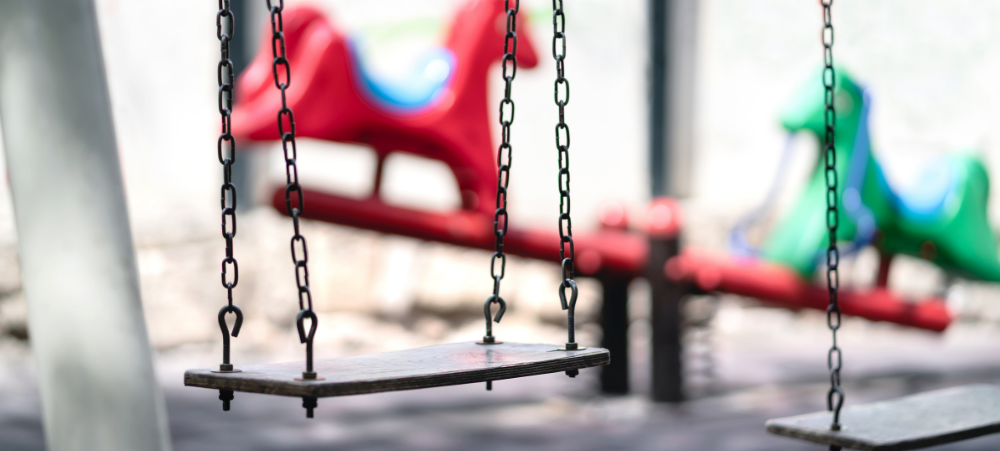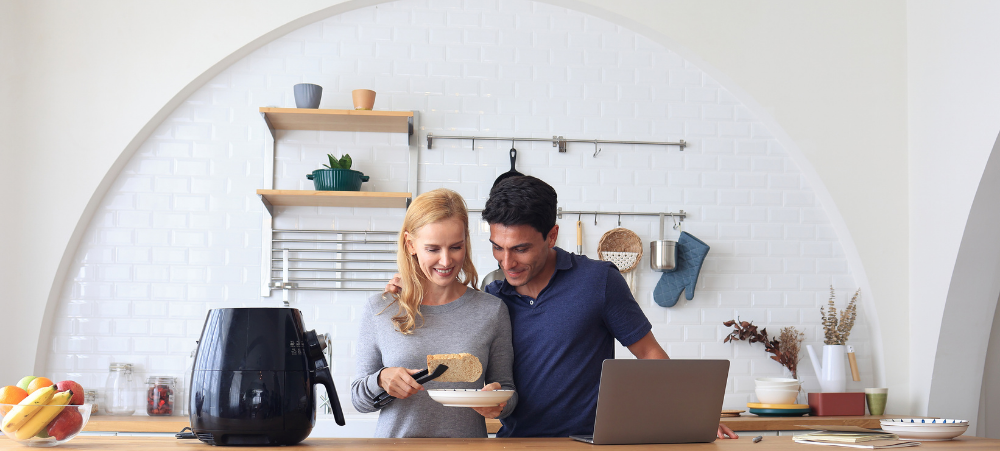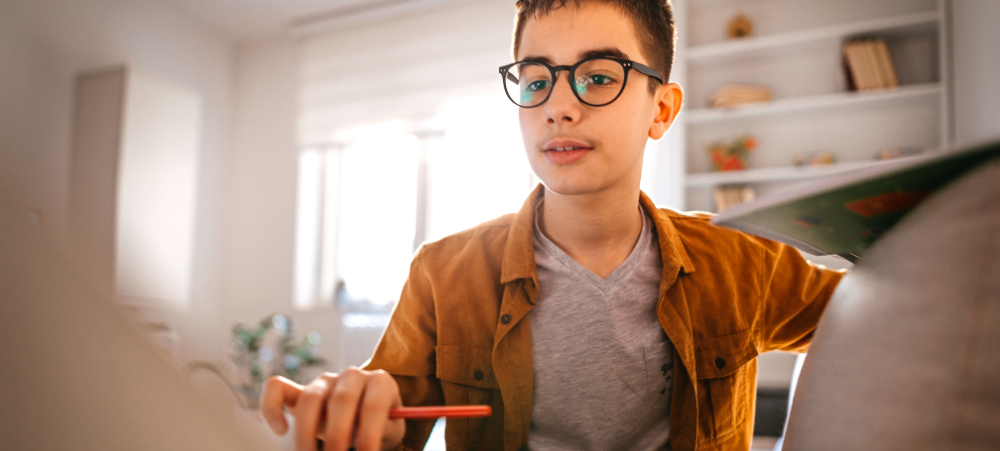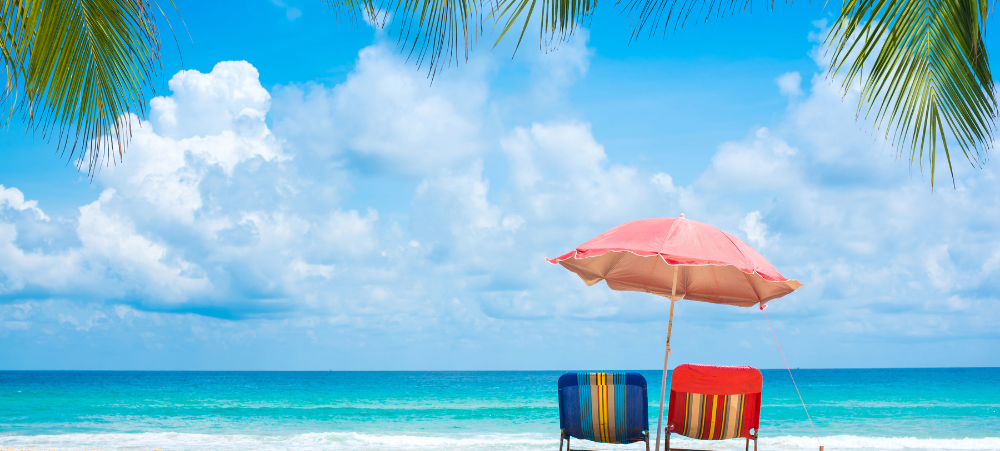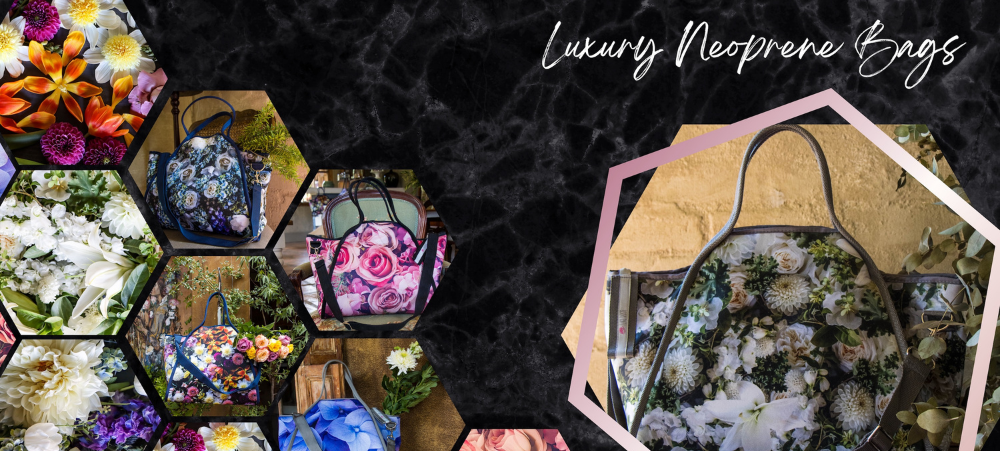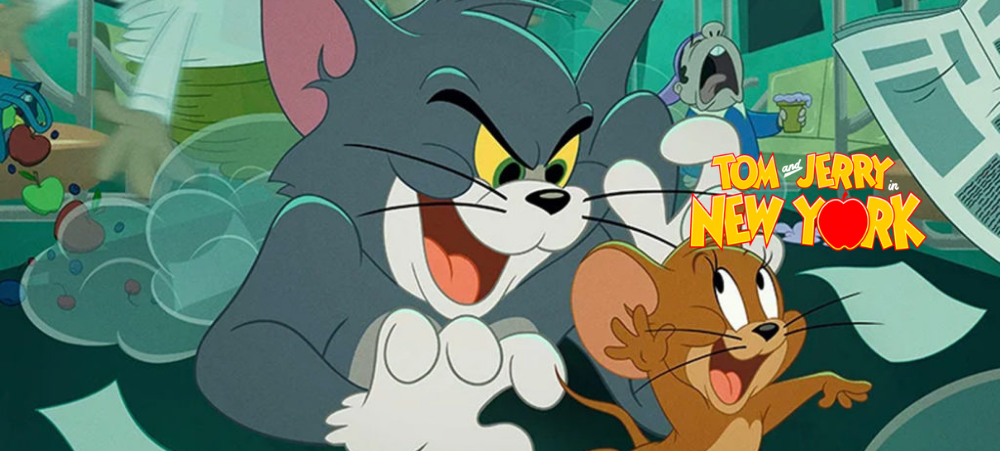
Beloved SA muso, Majozi, joins Koa Academy as Head of Culture
High engagement online school, Koa Academy has announced the appointment of proudly South African creative, Majozi as their new Head of Culture. The SAMA-nominated musician is well-known for ‘wearing his heart on his sleeve’ and for crafting hit songs conveying his inspiring perspectives on life. Learners at Koa Academy, who engage with their teachers in small 8-person Pods, will get to interact with Majozi in a range of experiential arts and culture projects that aim to develop real-life skills. Koa Academy CEO and Principal, Mark Anderson says, “We’re delighted to warmly welcome Majozi into the Koa family. As a professional musician, he’s walked the artist’s road himself and has incredible insight into how young people in South Africa can grow life passions, develop meaningful interests and pursue careers in arts and culture fields. As a successful working creative, Majozi’s appointment as Koa’s Head of Culture represents the unbundling of education and enables Koa to focus on giving our kids more opportunities to discover their talents and pursue future careers which may typically have fallen outside the usual scope of traditional schooling.” For many years, traditional schools have been seen as a sort of ‘one-stop-shop’ for all things related to a child’s learning and future opportunities, often leading to limited resources being stretched thin and a steep rise in school fees. The emergence of online learning has largely enabled the unbundling of education, with parents able to leverage the best options available for each element of their child’s learning. Koa guides parents to take full advantage of those options, with Majozi leading the charge in the creative arts. In his role on the Koa leadership team, Majozi will be responsible for providing strategic and practical direction when it comes to Koa’s approach to arts and culture. From January 2022, Majozi will feature at parent webinars and give school assembly presentations. He will provide coaching to Koa staff on how best to identify and grow individual kid’s talents and artistic interests. Majozi will also be hands-on involved in the design of more Koa Clubs and courses with an arts and culture focus. Majozi says, “Ever since I found my talent in music and started my career, I wished that my education around arts and culture started at an earlier age. When I was growing up, I think arts and culture were misunderstood and often just a side thought in South Africa. I’d love to help change that mind-set and help learners to embrace and value their creativity in whatever form it takes. Even if a future career in arts and culture is not for them, all learners can gain so much by engaging with experiential arts and culture education. They can learn appreciation, understanding, creativity, teamwork, history, and so much more. That’s the beauty of arts and culture, it really has many fascinating subjects that can be explored within it. I want the Koa learners to feel like they are enough and their ideas matter. I’d like to boost their confidence and let them know they can do anything they put their mind to. We’re going to break the ceiling that the world may already have put on their creativity.”





